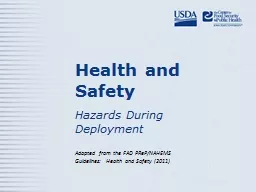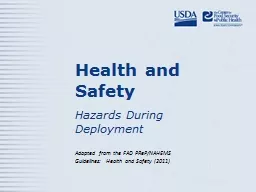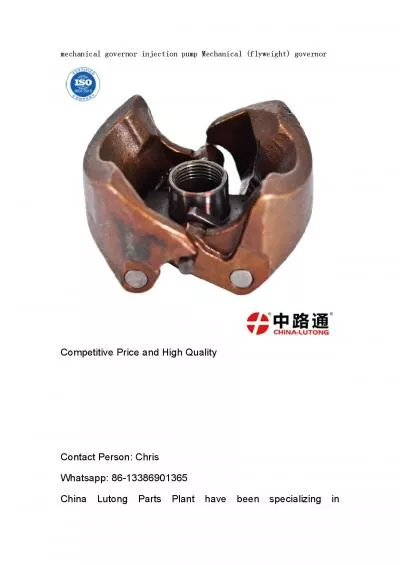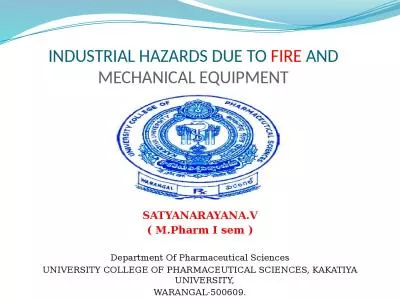PPT-TE-MSC Safety Day Mechanical and Handling Hazards
Author : jones | Published Date : 2023-09-06
F Savary Part I Mechanical hazards 1892014 Mechanical and Handling Hazards 2 Definition A mechanical hazard is any hazard involving a machine or process Are essentially
Presentation Embed Code
Download Presentation
Download Presentation The PPT/PDF document "TE-MSC Safety Day Mechanical and Handlin..." is the property of its rightful owner. Permission is granted to download and print the materials on this website for personal, non-commercial use only, and to display it on your personal computer provided you do not modify the materials and that you retain all copyright notices contained in the materials. By downloading content from our website, you accept the terms of this agreement.
TE-MSC Safety Day Mechanical and Handling Hazards: Transcript
Download Rules Of Document
"TE-MSC Safety Day Mechanical and Handling Hazards"The content belongs to its owner. You may download and print it for personal use, without modification, and keep all copyright notices. By downloading, you agree to these terms.
Related Documents

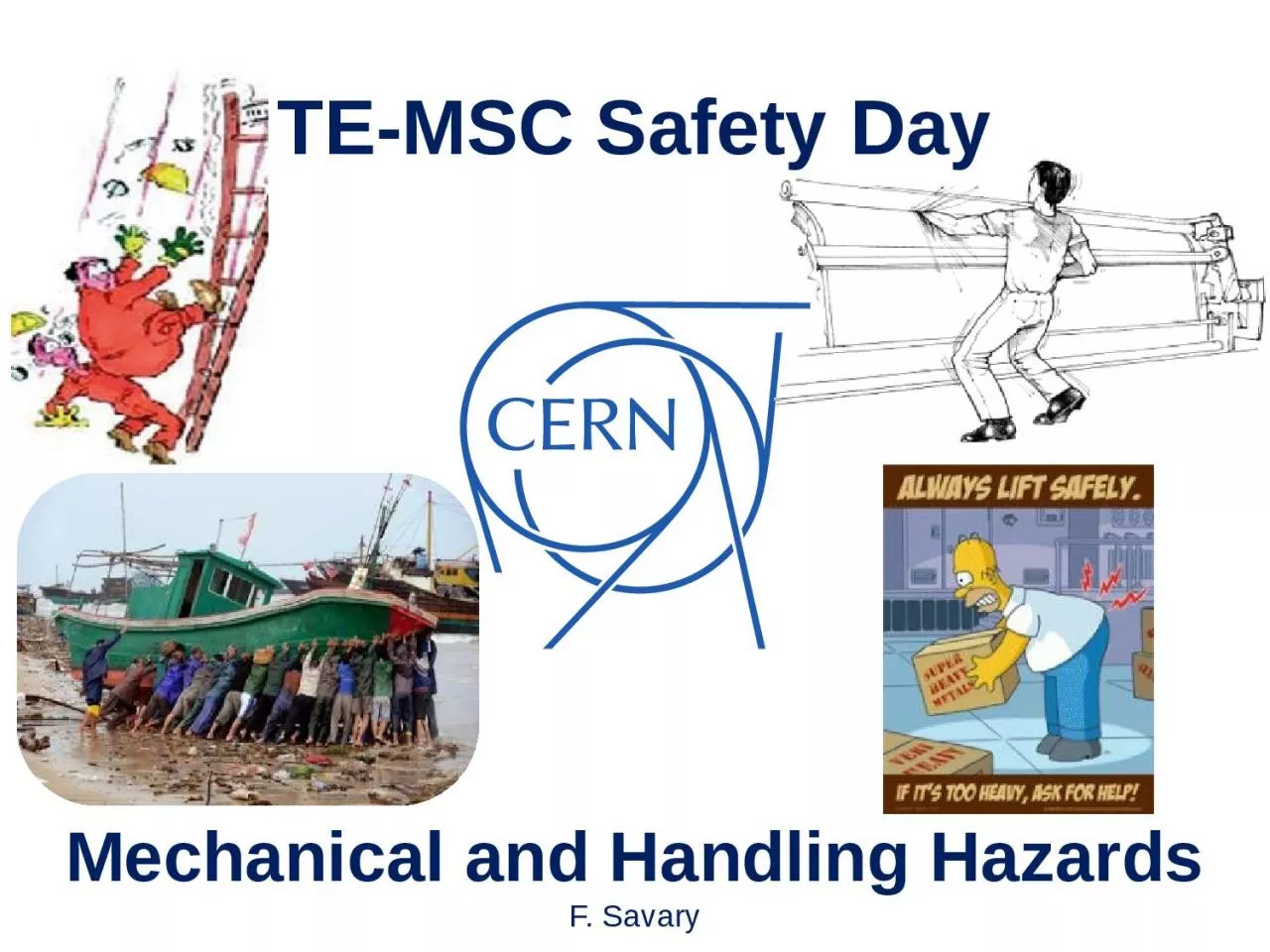
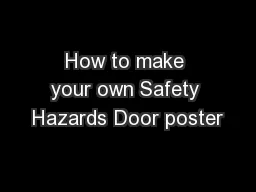
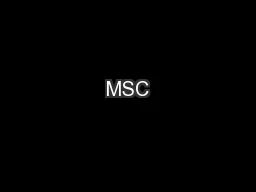
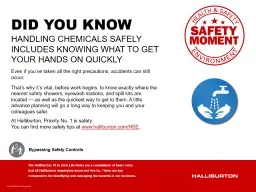
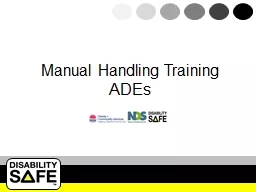
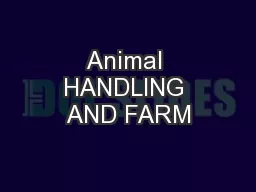
![Material Handling This material was produced under grant [SH22236SH1]from the Occupational](https://thumbs.docslides.com/668343/material-handling-this-material-was-produced-under-grant-sh22236sh1-from-the-occupational-safety-a.jpg)
